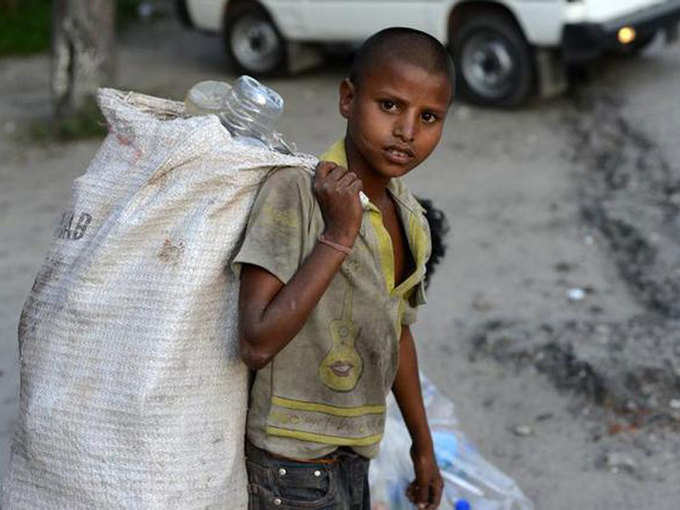
Satyarthi gained prominence as a tireless voice for millions of voiceless children who are battered in smoke-filled factories and tiny shanties amid horrendous working conditions in developing countries across the world, when he organised Global March Against Child Labor in 103 countries in 1990s. The march was aimed at freeing millions of children abused worldwide and led to an International Labor Organization (ILO) convention on child labour. He is also credited with establishing Rugmark, now known as Good Weave, a widely known international scheme that tags all carpets made in factories that are child-labour free.
Child labour is possibly as old as flesh trade as a means of exploitation, dating back centuries. For much of human history and across different cultures, children less than 17 years old have been forced to work, which has unfortunately been the only means of sustenance for thousands of impoverished families across the globe. According to ILO, among the key factors driving children to harmful labour is the lack of availability and quality of schooling. In many communities, there are no schools or they are far away; also, schools are often unaffordable or quality of education is so poor that parents wonder if sending children to school is worthwhile.
An increasing number of child labourers is an economic issue too. Child labourers are denied opportunity for education, and development physically, intellectually and psychologically. This translates into losses for the economy compared with the cost benefits that would have resulted had they been educated and skilled with enhanced ability to support industrial, business and economic activities. Children who are denied educational opportunities and remain illiterate also fail to take care of their own well being and that of the family and community they belong to once they grow up. As children as not fit for long hours of work, hazardous labour makes them sick, proving a drag on overall social cost as monetary resources meant to be spent on development activities are then required to be diverted to treating and taking care of the diseased.
Despite India passing legislation that prohibits solicitation or use of labour by children, in 1977, bonded child labour—a system of forced labour under which a child or his/her parent enters into an agreement with a creditor offering the child as a labourer—continues unabated.
Even as the news of Satyarthi becoming the seventh Indian to bag the prestigious Nobel Prize was spreading, media reports highlighted Child Welfare Committee (CWC)’s efforts to help rescue hundreds of child labourers from small-scale jari factories in and around Mumbai. Such stories about operations rescuing children from bonded labour remind us that India, along with the entire developing world, needs to do a lot more to eliminate child labour which continues to be a clear blemish on its socio-economic fabric which is otherwise poised to flourish in the years to come. However, the work done by people like Satyarthi encourages one to hope that the country, and its peers across the globe, will be able to wash the blemish sooner than expected.
Image: indiatimes